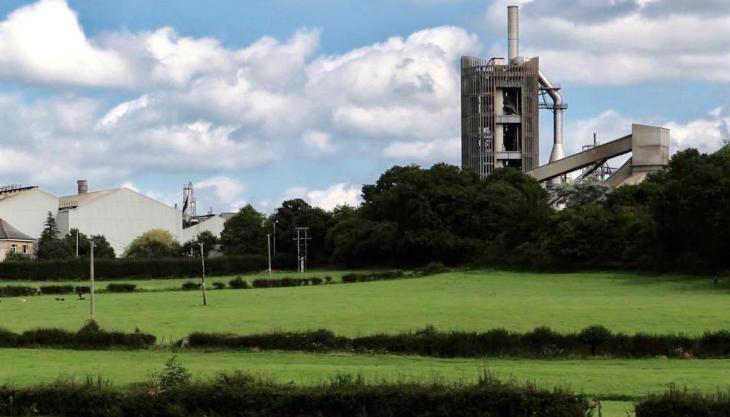
Company applying for hazardous substance consent in bid to eliminate CO2 from cement manufacturing
HANSON Cement are taking the next step in their ground-breaking government-funded research project which could eliminate fossil fuel CO2 emissions from cement manufacturing.
The project, which is being carried out at the company’s Ribblesdale cement works in Clitheroe, Lancashire, and is due to be completed by the end of 2021, is being funded by the Department for Business, Energy and Industrial Strategy (BEIS).
It follows a feasibility study, carried out in 2019, which found that a combination of 70% biomass, 20% hydrogen and 10% plasma energy could lead to cement and lime kilns operating with a net zero carbon fuel mix.
To move the project forward, the company is applying for a hazardous substance consent as part of a demonstration using hydrogen in combination with biomass to fuel the kiln.
The application, which will be submitted to Lancashire County Council, relates to the storage of kiln fuels, vehicle fuels, heating oils/fuels and quarry blasting explosives.
The use of hydrogen as an energy source is part of the UK Government’s Ten Point Plan for a Green Industrial Revolution, which aims to help the UK to forge ahead with eradicating its contribution to climate change by 2050.
‘As a company, cutting CO2 emissions is a key priority for us and we have already made good progress though using alternative fuels in the kiln,’ said plant manager Gary Young.
‘The prospect of being able to use hydrogen within the mix is exciting and, if successful, will help us and others in the sector on the road to net zero carbon.’









